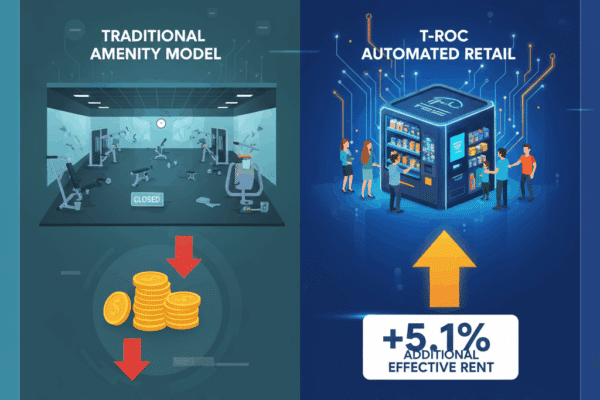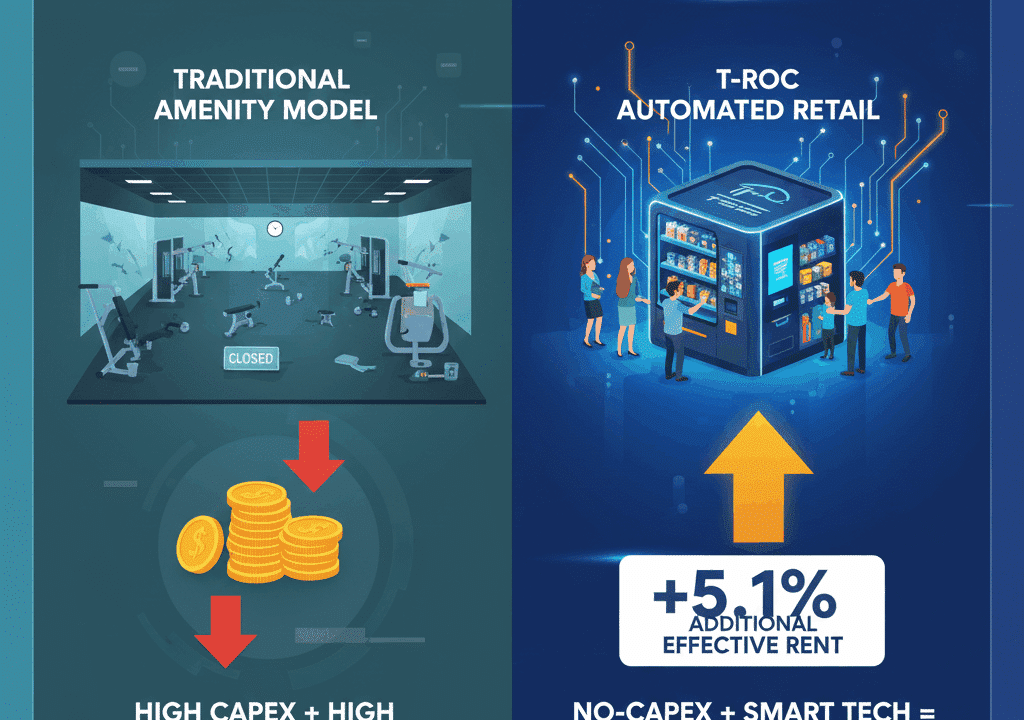
How to Improve Retail Data Quality
Every modern retailer relies on data to inform their business decisions. Whether it’s analyzing customer demographics, forecasting changes in market demand, or positioning products at the most competitive price, data assets are indispensable in the retail industry.
Thanks to advances in enterprise technology, harvesting data is easier than ever. However, not all data is necessarily good data. When it comes to gathering the best data, it’s not just a question of data quantity; it’s a question of data quality.
That’s why it’s essential for retailers to understand how to improve retail data quality in their everyday business processes.
Managing Data Quality for a Thriving Retail Business
Quality data is useful data. It provides actionable insights and significantly improves business processes like shipping and logistics as well as everyday customer transactions. Generally, data quality is determined by a few key metrics –
- Completeness – Data is fully available and has no missing entries or empty fields
- Accuracy – Data precisely reflects the veracity of information provided
- Consistency – Data matches across multiple systems, channels, and/or databases
- Timeliness – Data is available and ready when it’s needed
- Validity – Data provided in a specific format is true and verifiable
- Uniqueness – Data appears only once in a database with no duplication
Taken together, these dimensions are the foundation of data quality. Virtually any type of business can benefit from improving their data quality management efforts – especially in the retail space.
It’s no secret that the retail industry is incredibly competitive. From craft beer to carpets, there are countless retail businesses vying for customers in their niche at any given time. And with online stores dissolving geographic barriers, competition has only become more fierce.
But by leveraging the power of quality data, retailers can gain a competitive advantage to differentiate themselves from rivals in the market. The impact of properly organizing, analyzing, and managing data gives retailers the edge they need to grow their business value and outperform other brands.
Why is Data Quality Management Critical for Retailers?
Simply put, data quality management is critical for retailers because making decisions based on bad-quality data can result in loss of time, effort, and revenue. Conversely, good quality data leads to informed decision-making that optimizes ROI while delighting customers and driving brand loyalty.
Let’s consider some of the specific ways that quality data management can impact retail business.
Assortment Planning
The specific categories of products and variety of products within each category available at a specific retail store must reflect the preferences and shopping behaviors of customers in the area.
With good data quality analytics in place, retailers can evaluate customer habits and market demand to predict changes in the market, and adjust their assortment planning efforts accordingly. A strong data quality strategy can even help to ensure that inventory is kept at optimal levels based on customer purchasing data.
Product Recommendations
Product recommendations are a great way to convince customers to make a purchase. Using data mining techniques like market basket analysis, retailers can provide the most accurate product recommendations to store visitors and existing customers. Data scientists can determine the most accurate product recommendations by analyzing customer data from a variety of sources, such as:
- Items frequently bought together
- Products that perform a similar function
- Items recently purchased by customers in the same demographic
- Products recently viewed by a specific website visitor
Ultra-tailored product recommendations are typically associated with online shopping, but brick and mortar stores can also leverage quality data to drive sales at particular locations.
Competitive Pricing
By analyzing up-to-the-minute pricing data, brands can establish the most appropriate price for their products. Despite superior product offerings, some retailers may lose customers to attractive price points set by competitors in the same niche. But with the assurance of stellar data quality, retailers can stay ahead of the competition and retain customers by setting the most competitive prices for the right products at the right time.
Customer Relationships
Data quality can reveal surprising insights into who customers are, what they are interested in, and why they shop with certain retailers over others. By understanding the needs of their customers, brands can customize their retail experience to particular customer demographics.
Regulatory Compliance
Properly classifying and organizing data is crucial for regulatory compliance. In fact, Europe’s General Data Protection Regulation (GDPR) requires businesses to correct inaccurate or incomplete data in their databases.
Retailers can ensure data quality improvements in their databases by implementing dedicated data quality improvement efforts to make databases as accurate and complete as possible. By performing regular data quality checks, retailers can significantly reduce operational risks that come with failure to meet regulatory compliance standards.
Tips to Improve Retail Data Quality
Poor data quality can damage customer relationships, jeopardize brand reputation, and cause sales revenue to plunge. The good news is that retailers suffering from bad data can take proactive steps for improved data quality and operational efficiency.
There are four main areas of data quality issues that retailers should evaluate.
Customer
Customer data is one of the most important assets for any retail organization. Which means that databases full of incomplete or inaccurate customer information must be corrected in order for retailers to excel. Verifying and correcting data of customers is crucial and so is managing duplicate entries.
Customers may be asked to provide personal information at many points in their buying journey from shipping and billing to customer satisfaction surveys. But all of these data points can result in unwanted duplicates of the same customer information. With the help of an advanced data matching algorithm, records can be compared to identify discrepancies and match data to relevant customers.
Similarly, customers may not always be completely truthful when they submit their personal information, or their personal information may have become outdated due to a change of address or marital status. Unverified or outdated customer information can lead to wasted sales and marketing efforts, as promotions and even shipments can be sent to the wrong recipients.
The best approach to solve this problem is to break down customer data into smaller subsets and perform a verification analysis rather than trying to verify all customer data at once.
Product
Keeping track of product data quality can make a tremendous difference in a retailer’s ability to sell. High quality product data can help retailers to provide the best product recommendations to customers and optimize product placement on store shelves, among other benefits.
Much like the data quality of customers, product data quality is often impacted by duplicate information. Product matching technology works to resolve this problem by comparing product offerings and merging identical product information together.
Product taxonomy, or the overall way that products are classified and organized, is also important to consider. The better that products are organized on store shelves or online, the easier they are to locate and access. With the assistance of self-service product categorization tools, retailers can analyze mountains of product data and sort products into a logical taxonomy.
Location
As eCommerce continues to grow its share of the retail space, good location data quality helps retailers to ensure that all shipments and deliveries are sent to the relevant addresses. But even these data assets are prone to inaccuracies due to common problems like missing information or unverified addresses.
Unformatted or unstructured address information is a common problem for retailers. Information may be entered in a way that’s inconsistent with the overall data quality standards of the dataset or span multiple fields that aren’t relevant.
Using address standardization technology, retailers can compare the format of addresses against an established address database, such as the United States Postal Service (USPS). This ensures that all addresses are entered into databases in a standardized format without deviation.
Sales
Sales data is fundamental to making the most critical decisions for a retail business. Sales data quality can provide deep insight into virtually all aspects of sales transactions and guide retailers in making decisions regarding:
- Best selling products
- Best performing retail stores
- Annual profits and revenue
- Customer retention and loyalty
One of the main problems that retailers face with sales data quality is a lack of referential integrity – meaning that sales data records aren’t true to their referencing counterparts. An incorrect or outdated product ID can compromise the accuracy of a sales database, making it difficult to correctly create reports, ship products, and make product recommendations to customers.
Enforcing relationship constraints in sales data models is crucial for overcoming this data quality problem. Referential integrity issues can also be identified using smart lookup formulas to verify the existence of all relevant sales data. Appointing a data steward to enforce policies around data usage and security can help to ensure that the proper methods are used to manage sales data and ensure referential integrity.
If you’re interested in optimizing your marketing efforts and growing your business by improving retail data quality, get in touch with T-ROC today. We’ve solved sales and service challenges for the biggest names in retail, and we’re ready to do the same for your business with technology-driven data quality solutions.
FAQs
How can data quality be improved?
Organizations can improve data quality by leveraging enterprise data quality management technologies, implementing data governance procedures, and other techniques to ensure that data is accurate and complete.
How do you fix poor data quality?
You can fix poor retail data quality by examining databases related to sales, location, products, and customers and implementing data management technologies and data governance policies.









